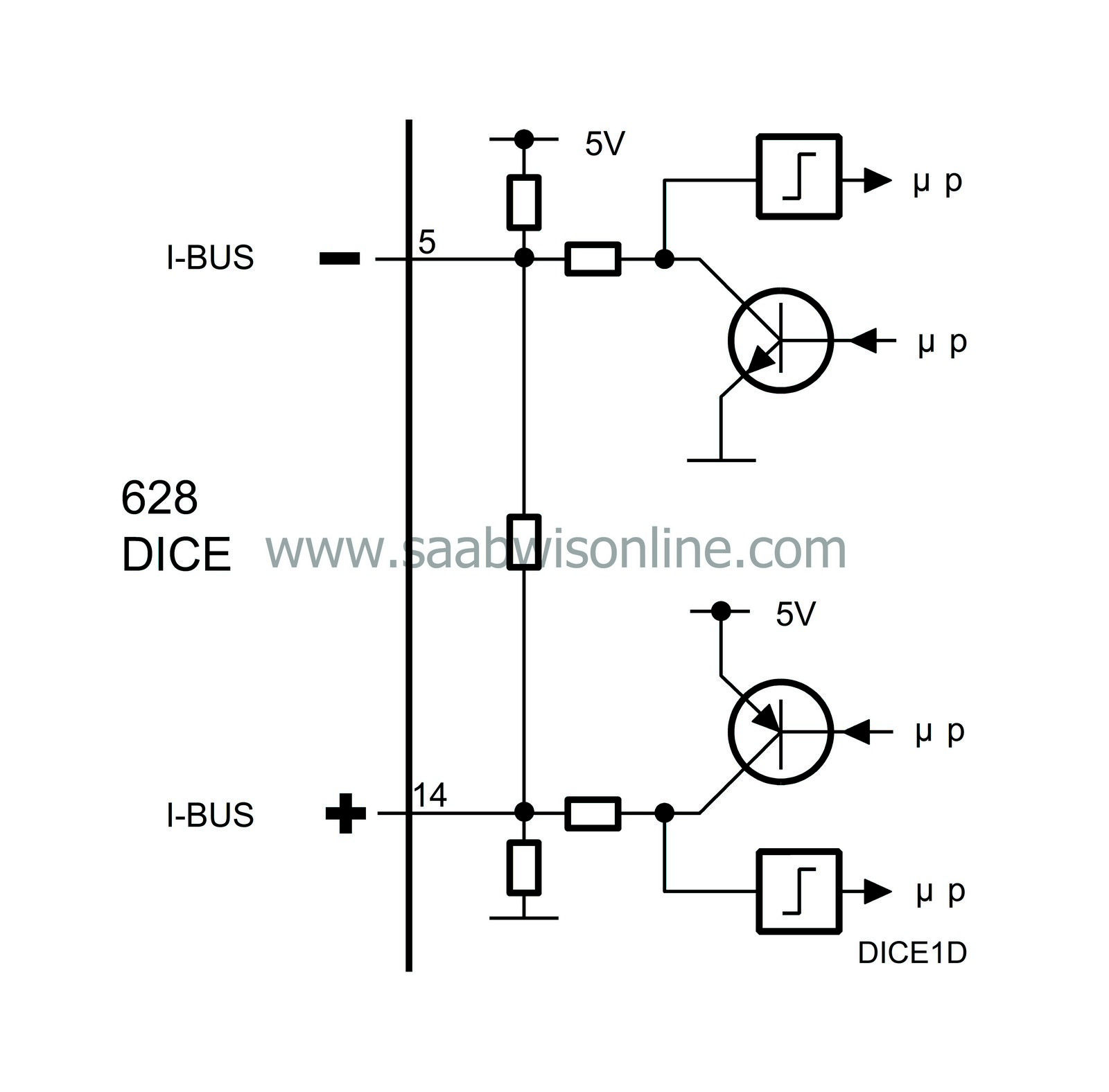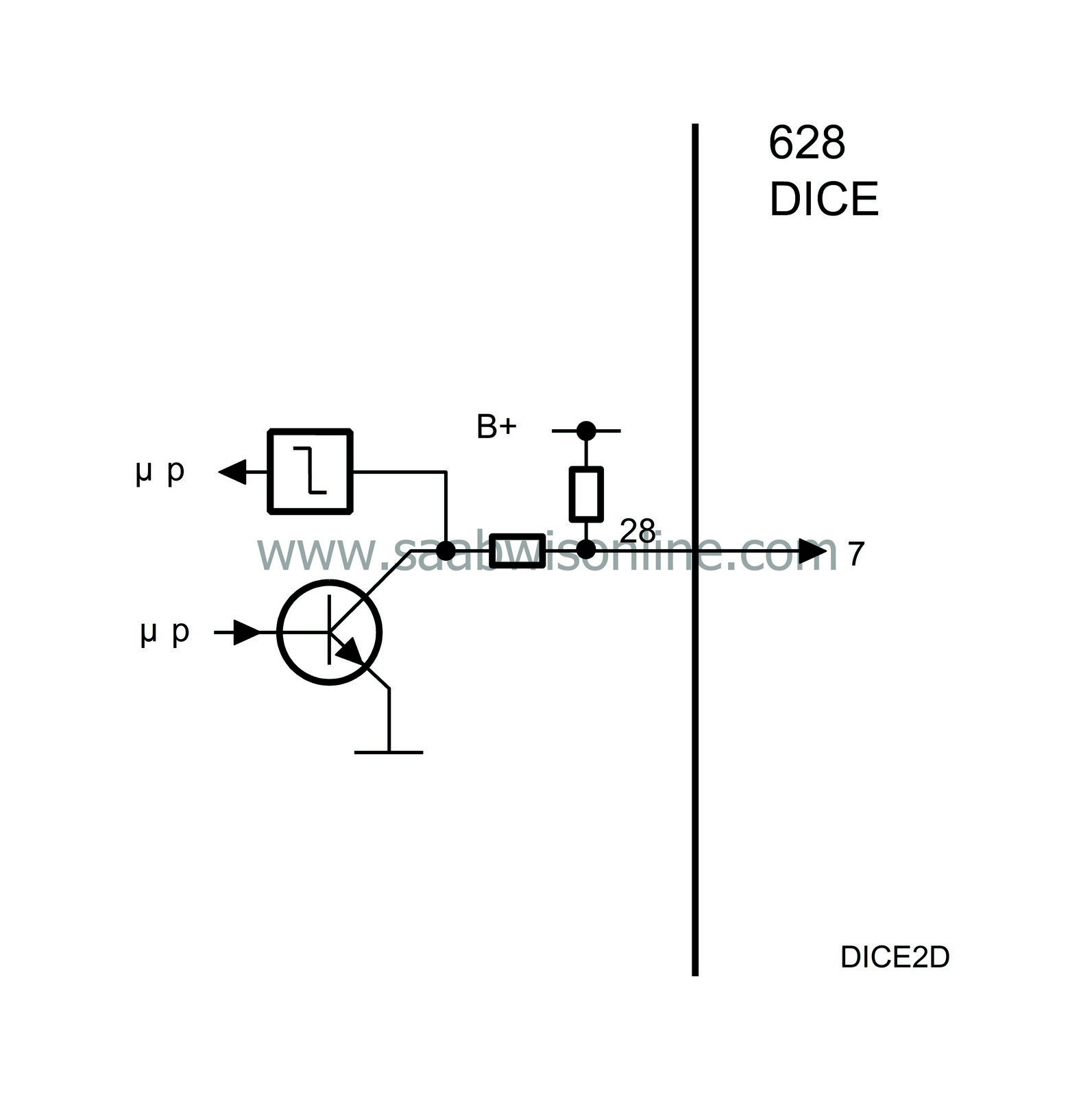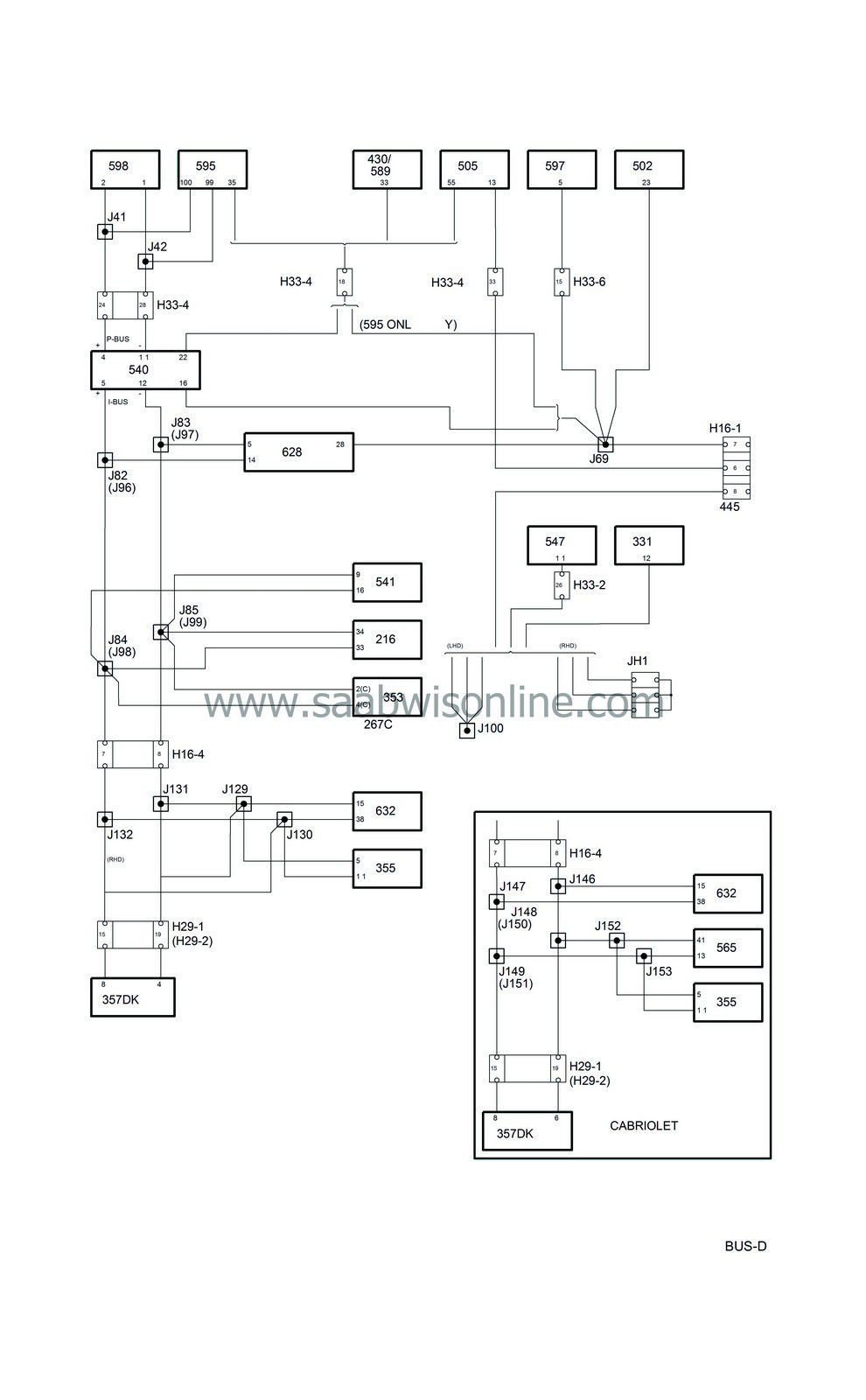Information
|
Values
|
From
|
The value depends on the following sensor input, signal or function
|
LH rear lights
|
ON/OFF
|
TWICE
|
Control module current measurement of output to lamps.
DICE uses the information for the instrument lighting, acoustic warning and rear fog lights.
|
RH rear lights
|
ON/OFF
|
TWICE
|
Control module current measurement of output to lamps.
DICE uses the information for the instrument lighting, acoustic warning and rear fog lights.
|
Driver's door
|
OPEN/CLOSED
|
TWICE
|
Door switch
DICE uses the information to turn on or off the interior lighting, for the visual warning and for the “Follow me home” function.
|
Passenger door
|
OPEN/CLOSED
|
TWICE
|
Door switch
DICE uses the information to turn on or off the interior lighting, for the visual warning and for the “Follow me home” function.
|
Rear door, Left
|
OPEN/CLOSED
|
TWICE
|
Door switch
DICE uses the information to turn on/off the interior lighting.
|
Rear door, Right
|
OPEN/CLOSED
|
TWICE
|
Door switch
DICE uses the information to turn on/off the interior lighting.
|
Boot lid
|
OPEN/CLOSED
|
TWICE
|
Lid switch
DICE uses the information to turn on/off the luggage compartment lighting.
|
Hazard flashers
|
ON/OFF
|
TWICE
|
Anti-theft alarm function and central locking system function
DICE uses the information to activate/deactivate the hazard flashers for the car's anti-theft alarm.
|
Central locking system
|
UNLOCKED/LOCKED
|
TWICE
|
Central locking system function
DICE uses the information to turn off/on the interior lighting.
|
A/C
|
ON/OFF
|
ACC
|
AUTO selected and outside temperature (bus from SID)
DICE uses the information to activate/deactivate the car's radiator fan and A/C systems.
|
Rear Window Heater
|
ON/OFF
|
ACC
|
Button on dashboard
DICE uses the information to activate/deactivate the heating.
|
Vehicle speed
|
km/h, mph
|
MIU
|
Rear left wheel speed (lead from ABS)
DICE uses the information for the intermittent windscreen wiper operation and for controlling the car's radiator fan and A/C systems.
|
A/C Relay
|
ON/OFF
|
MIU
|
Lead from Trionic or Motronic
DICE uses the information to activate/deactivate the car's radiator fan and A/C systems.
|
Engine coolant temperature (Not Diesel)
|
-40 - 215°C
|
MIU
|
MIU has its own engine coolant temperature sensor on cars with petrol engine.
DICE uses the information to control the radiator fan and A/C systems.
|
Rheostat level
|
0-100 %
|
SID
|
Rheostat control module input.
DICE uses the information to control the brightness of the instrument and control lighting.
|
Rheostat Night Panel
|
0-100 %
|
SID
|
Rheostat control module input reduced internally by a fixed value.
DICE uses the information to control the brightness of the buttons when NIGHT PANEL is active.
|
Night Panel
|
ON/OFF
|
SID
|
Button
DICE uses the information on whether NIGHT PANEL is activated or deactivated.
|
Outside temperature
|
°C
|
SID
|
Outside temperature sensor, control module adjustment
DICE uses the information to control the car's radiator fan and A/C systems.
|
Engine Running
|
ON/OFF
|
EDC 15
|
Crankshaft position sensor
DICE uses the information to control the car's radiator fan and A/C systems.
|
Coolant temperature
|
-50 - 200°C
|
EDC 15
|
Coolant temperature sensor
DICE uses the information to control the radiator fan and A/C systems.
|
Diagnostics
|
|
DICE/Diagnostic tool
|
Control module should be live and the bus leads intact.
See Bus and diagnostics communication

|






